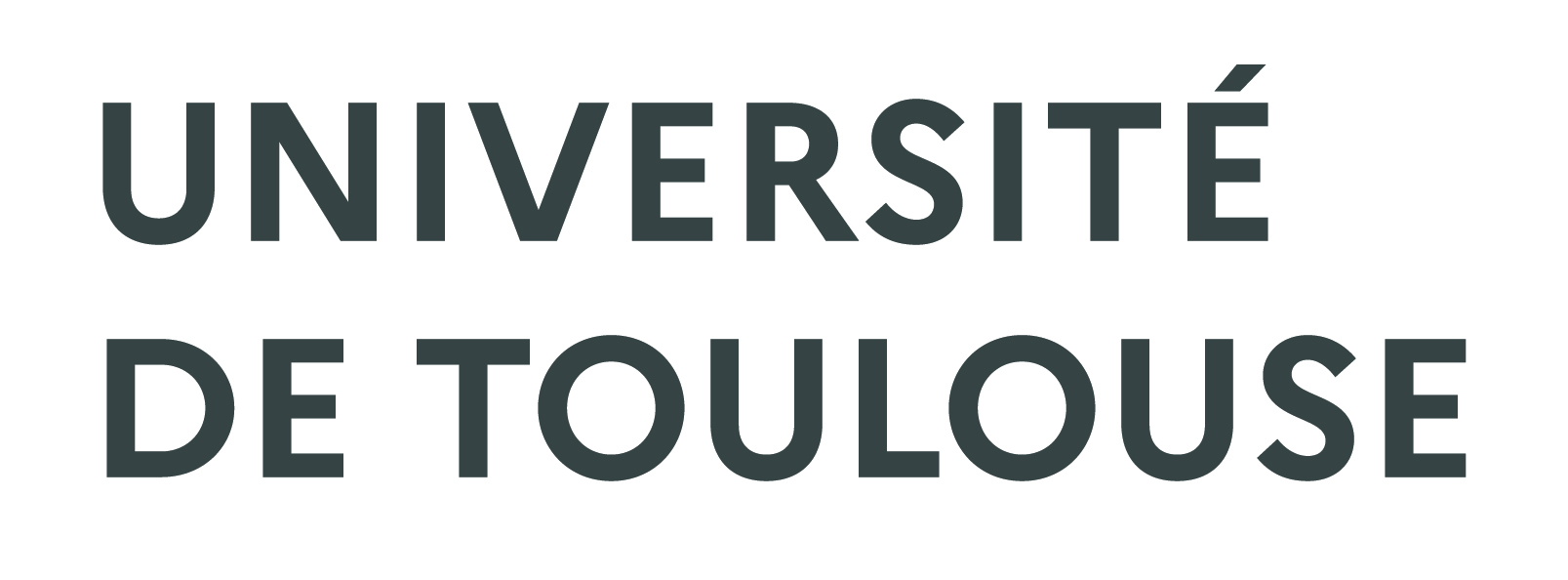On the inclusion of dissipation on top of mean-field approaches
Résumé
We discuss extensions of time-dependent mean-field theories such as time-dependent local density
approximation (TDLDA) in order to include incoherent dynamical correlations, which are known to play a
key role in far-off equilibrium dynamics. We focus here on the case of irradiation dynamics in clusters and
molecules. The field, still largely unexplored, requires quantum approaches which represents a major formal
and computational effort. We present several approaches we have investigated to address such an issue.
We start with time-dependent current-density functional theory (TDCDFT), known to provide damping
in the linear regime and explore its capability far-off equilibrium. We observe difficulties with the scaling
of relaxation times with deposited energy. We next briefly discuss semi-classical approaches which deliver
kinetic equations applicable at sufficiently large excitation energies. We then consider a first quantum kinetic
equation at the level of a simplified, though rather elaborate in its content, relaxation time approximation
(RTA). Thanks to its sophistication, the method allows us to address numerous realistic irradiation scenarios
beyond the usual domain of reliability of such theories. We demonstrate in particular the key role played by
dense spectral regions in the impact of dissipation in the response of the irradiated system. RTA nevertheless
remains a phenomenological approach which calls for more fundamental descriptions. This is achieved by a
stochastic extension of mean field theory, coined stochastic time dependent Hartree–Fock (STDHF), which
provides an ensemble description of far-off equilibrium dynamics. The method is equivalent to a quantum
kinetic equation complemented by a stochastic collision term. STDHF clearly leads to proper thermalization
behaviors in 1D test systems considered here. It remains limited by its ensemble nature which requires
possibly huge ensembles to properly sample small transition rates. An alternative approach, coined average
STDHF (ASTDHF), consists in overlooking mean field fluctuations of STDHF. ASTDHF provides a robust
tool, properly matching STDHF when possible and allowing extension to realistic dynamical scenarios in
full 3D. It can also be used in open systems to explore, as done in RTA, the competition between ionization
and dissipation.
Domaines
Physique [physics]| Origine | Fichiers éditeurs autorisés sur une archive ouverte |
|---|---|
| licence |


